| Schedule | Classes | Onsites | Manuals | Customers | Contact | About |
Learn to build Excel VBA tools that automate your repetitive formatting, calculation, data, and reporting tasks in Excel. Class Examples >
Next Class: Check Dates
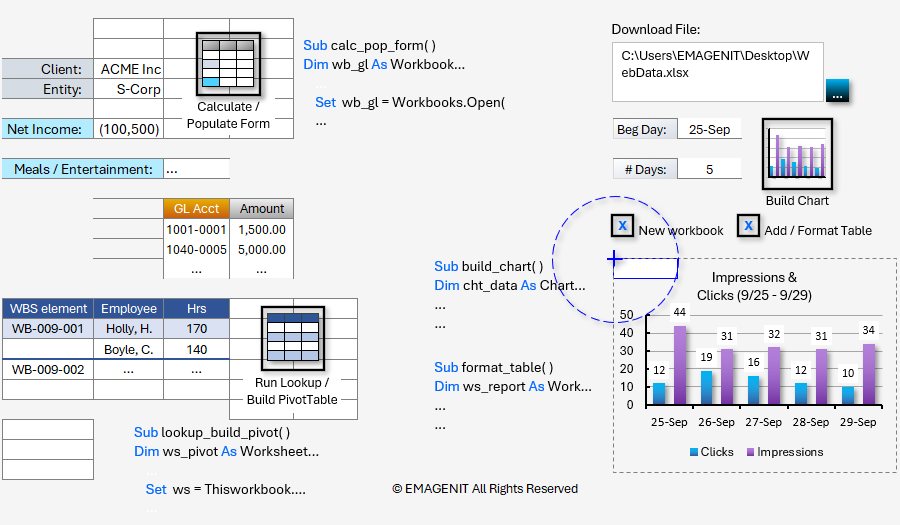
Our 2-day class shows you the critical Excel VBA skills needed to start making automated macro tools right away. It covers the essential Excel VBA topics you need to know like using the VBA Editor and modules; code debugging; typing the Excel VBA language; and program logic.
In addition, it covers how to use VBA to command key Excel elements like workbooks, worksheets, ranges, formulas, charts, and Excel's data tools. Also discussed is how to use Excel VBA to perform key tasks like formatting tables; automating calculations; performing table lookups; creating PivotTables; and analyzing data.
Read our detailed outline > below and see everything you'll discover in our class.
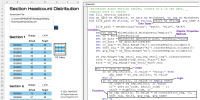 |
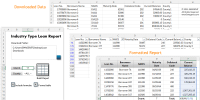 |
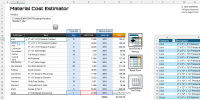 |
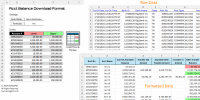 |
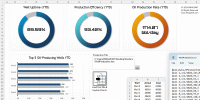 |
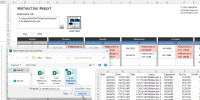 |
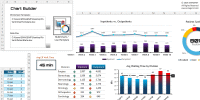 |
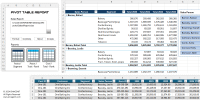 |
|
Virtual
View the dates, signup, and pricing for our hands-on live virtual training. |
In-Person
View the dates, signup, and pricing for our hands-on in-person training. |
Manual
Can't take the class, buy the self-study manual, apply the price later. |
Onsite
Learn how we can help your business save time and effort in Excel. |

Class Brochure
Day-1
*This section discussed throughout the class when needed
Day-2
Phone Number: 1.629.325.9937
Business Hours: Mon-Fri 8:00 AM - 7:00 PM CT
You can email us at info@emagenit.com >
Excel Training Services
Excel Classes - Business and Industry
Beginning Excel for Business and Industry
Intermediate Excel for Business and Industry
Advanced Excel for Business and Industry
Excel Dashboards for Business and Industry
Beginning Excel VBA for Business and Industry
Excel Classes - Engineers / Scientists
Microsoft Excel for Engineers for Scientists
Excel Data Analysis for Engineers and Scientists
Excel VBA for Engineers and Scientists
Excel VBA Data Analysis for Engineers and Scientists
Microsoft Excel Manuals
Microsoft Excel Solutions Handbook
Creating Advanced Excel VBA Apps
Excel VBA Handbook for Engineers and Scientists
Excel VBA App Design for Engineers and Scientists
EMAGENIT Company Information
US Military
Copyright © 2025. EMAGENIT All Rights Reserved